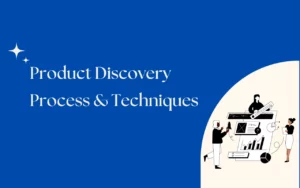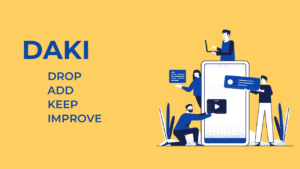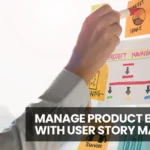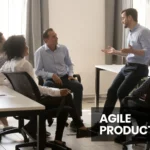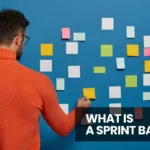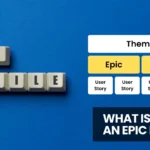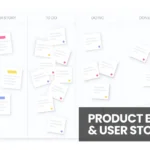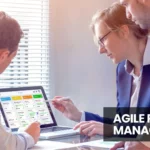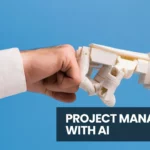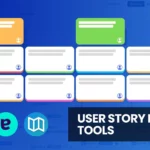Table of Contents
What is the Circle Method? Overview & Dissection
Is there a problem you’re facing? Is your business stuck and in need of new ideas for growth? Are you possibly wondering about other opportunities you could take in the future? The Circle method of problem-solving is the secret to gaining new insights and developing solutions to problems.
The secret is to think creatively. It could be a method, a technique, or an action plan. In this article, we’ll talk about how this straightforward approach may be applied to virtually any problem.
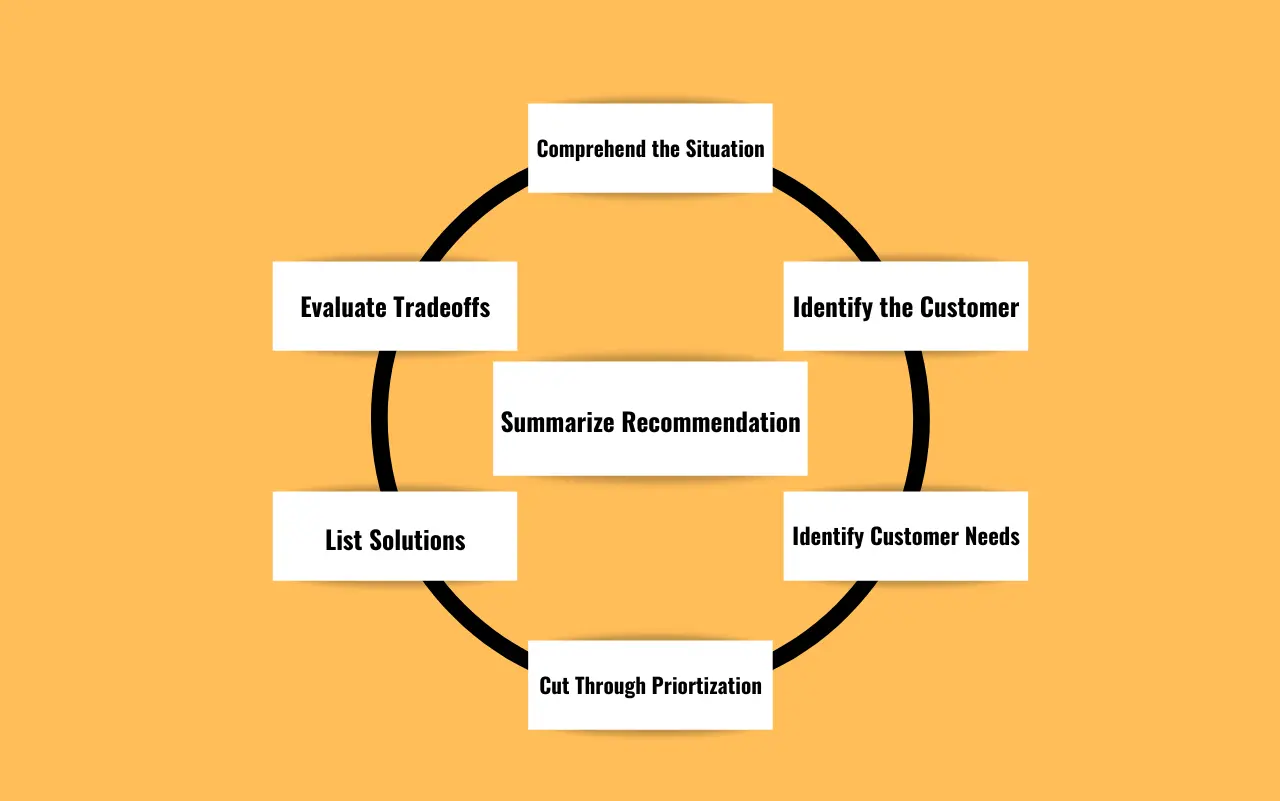
Circle Method Definition
According to Alicia Newman at Learn Worthy:
“The CIRCLE method is a problem-solving framework that aids product managers in providing deliberate and complete answers to inquiries about design.”
Product owners may efficiently work through key questions thanks to the CIRCLES method’s sequential nature. It serves as a checklist for the appropriate inquiries to make while putting together a structured and thorough response to a design inquiry.
Key Concepts in Circle Framework
The Circle Method is a simple and effective strategy for learning new material. According to Lewis C. Lin, author of Decode and Conquer and developer of the CIRCLES method, understanding the circumstance is the first crucial phase. It entails three steps, including:
Clarifying the goal – Asking, “What do you want to achieve?” is a good starting point for any project. But it doesn’t tell us much about how to get there. The Circles Method helps to understand what we need to create to reach the goal and why so that we can measure success along the way.
Understanding constraints – Many factors affect whether we can get what we want or not – people, resources, time, and money are just some examples. The Circles Method helps us think about these constraints to make better choices about which ones are most important for this project and how they will affect our work.
Understanding context (also known as setting) – This refers to everything that shapes our lives, including our relationships with other people and groups, the physical environment around us, cultural norms, etc. We need an understanding of the context to know how best to approach things such as leadership or communication within teams or organizations because it affects how people respond or react in different situations.
How is the CIRCLES Method Helpful for Product Managers?
Product management can benefit greatly from The CIRCLES. Product managers can use it to:
- Knowing who a feature or product is intended for can help you focus entirely on these clients.
- Putting the product roadmap, components, development work, and feedback in order of importance, describing to stakeholders why a project is worthwhile
- Ensuring they have enough knowledge of potential fixes before choosing one
The framework outlines certain actions a PM should consider while working on product development. Therefore, it lessens the possibility of choosing less-than-ideal choices. Knowing what to think or the components that should be present in the responses given during product design interviews is helpful.
Seven Steps to the CIRCLES Method
The CIRCLES method helps you break down a complex decision into manageable steps, clarifying what information is needed next and how to get it.
Here are seven steps for achieving a circle product:
Comprehend the Situation
To solve a problem, you must understand the following:
- What’s going on?
- Why do people use your product?
- What’s their experience like?
- What do they need help with?
In this step, you should gather as much information about your users as possible. You can collect data from surveys, interviews, or other observation methods.
1. Identify the Customer
In this step, you should identify a specific group of users who will be your main focus in this project — e.g., customers who have had a negative experience with your product or service. It would be best if you also defined your ideal customer profile (ICP) so you know how far away from that ideal your target group is compared to others in the market.
2. Identify Your Customer’s Needs
The first step is to identify your customer’s needs. This isn’t always easy because customers typically don’t know exactly what they want until they see it. The trick is to listen carefully and ask questions until you understand their real needs — not just what they think they want.
3. Cut Through Prioritization
Once you know what your customer wants, it’s time to cut through all the noise and prioritize those tasks that will deliver the most value to them. You can do this by asking yourself two questions:
- What are our top priorities?
- What are our most significant opportunities?
These answers should be different!
4. List Solutions
The CIRCLES method starts with this step, which is the most crucial. You need to list all possible solutions to the problem. Don’t worry about whether they’re realistic or not. Just write them down.
5. Evaluate Tradeoffs
Now that you’ve listed all your possible solutions, you need to evaluate each one in terms of its strengths and weaknesses and decide which ones are worth pursuing further. This is where all of your research comes into play – what facts did you find out during your research process? How will this change the way you evaluate each solution? What new ideas did it give you?
6. Summarize the Recommendation
Finally, summarize your recommendation (and any other information you think is relevant) into a clear and concise conclusion statement that can be used as an action plan for whoever needs to take action on this issue.
Final Words
The circle method is excellent for handling your projects without letting things get out of hand. It’s easy to get overwhelmed when juggling multiple projects, but the circle method will give you all the necessary information and keep things moving forward. Remember not to be too rigid with your project scheduling—your schedule can and should shift over time, and the circle allows for that flexibility.
Also, give a try to Agile user story map & roadmap. It is a simple tool that makes it easy to visualize the progress of your project and see what’s going on at any time. It also helps you track the work needed to prioritize tasks efficiently.

